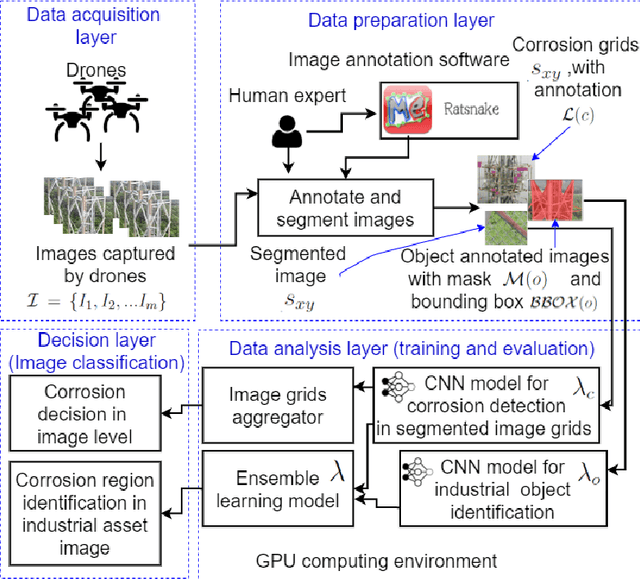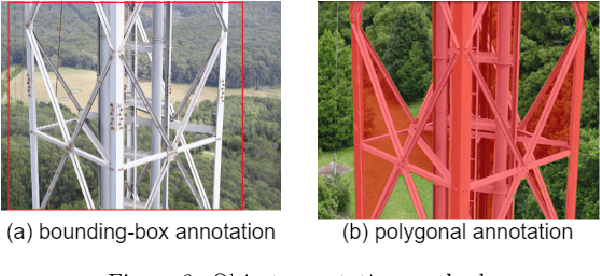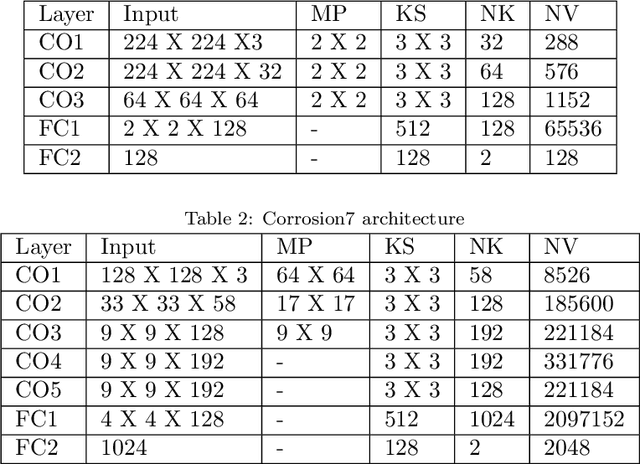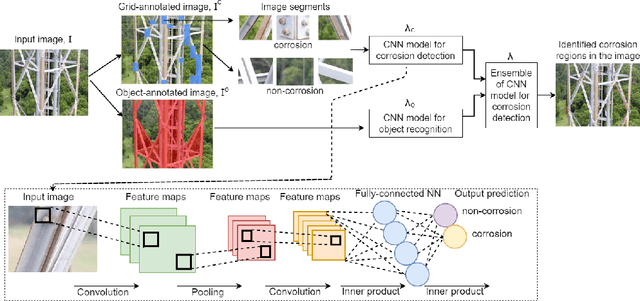Graham Morgan
AI-Driven Multi-Agent Vehicular Planning for Battery Efficiency and QoS in 6G Smart Cities
Sep 18, 2025Abstract:While simulators exist for vehicular IoT nodes communicating with the Cloud through Edge nodes in a fully-simulated osmotic architecture, they often lack support for dynamic agent planning and optimisation to minimise vehicular battery consumption while ensuring fair communication times. Addressing these challenges requires extending current simulator architectures with AI algorithms for both traffic prediction and dynamic agent planning. This paper presents an extension of SimulatorOrchestrator (SO) to meet these requirements. Preliminary results over a realistic urban dataset show that utilising vehicular planning algorithms can lead to improved battery and QoS performance compared with traditional shortest path algorithms. The additional inclusion of desirability areas enabled more ambulances to be routed to their target destinations while utilising less energy to do so, compared to traditional and weighted algorithms without desirability considerations.
CorrDetector: A Framework for Structural Corrosion Detection from Drone Images using Ensemble Deep Learning
Feb 09, 2021



Abstract:In this paper, we propose a new technique that applies automated image analysis in the area of structural corrosion monitoring and demonstrate improved efficacy compared to existing approaches. Structural corrosion monitoring is the initial step of the risk-based maintenance philosophy and depends on an engineer's assessment regarding the risk of building failure balanced against the fiscal cost of maintenance. This introduces the opportunity for human error which is further complicated when restricted to assessment using drone captured images for those areas not reachable by humans due to many background noises. The importance of this problem has promoted an active research community aiming to support the engineer through the use of artificial intelligence (AI) image analysis for corrosion detection. In this paper, we advance this area of research with the development of a framework, CorrDetector. CorrDetector uses a novel ensemble deep learning approach underpinned by convolutional neural networks (CNNs) for structural identification and corrosion feature extraction. We provide an empirical evaluation using real-world images of a complicated structure (e.g. telecommunication tower) captured by drones, a typical scenario for engineers. Our study demonstrates that the ensemble approach of \model significantly outperforms the state-of-the-art in terms of classification accuracy.
 Add to Chrome
Add to Chrome Add to Firefox
Add to Firefox Add to Edge
Add to Edge